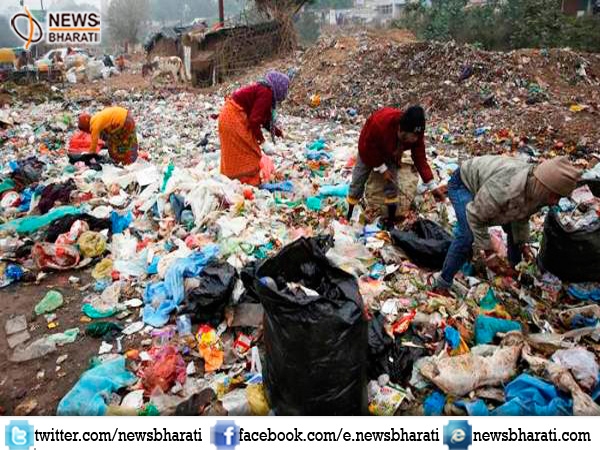Here is what creativity says on plastic waste
Cologny, January 22: Waste plastics contaminate our food, water, and air. Many are calling for a global ban on single-use plastics because throwing them “away” often means into our river systems and then into the world’s oceans.

It’s suspected that much of the “recycling” shipped to Asia may be joining local waste in the Great Pacific Garbage Patch. This soupy collection of plastic debris is trapped in place by ocean currents, slowly breaking into ever-smaller pieces, but never breaking down. Covered by bacterial plaques, they are mistaken for food by fish. Ingested, they contaminate the food chain and, potentially, may even be disrupting the biophysical systems that keep our oceans stable, thus contributing to climate change.
So we need to use far less plastic, re-use what we can, and dispose of what we must far more wisely. In facing this challenge, developed countries can learn from innovations in the less-developed world. People, globally, are innovating, creating new processes to use waste plastics and making new objects and art forms.
But this plastic waste can be used creatively also. Say for example in the Philippines , there is a craftsperson, She makes strands of plastic beads out of bits of waste plastic, using old CD cases and fast food spoons – anything with a bit of gloss. Her beads are replicas of traditional tribal designs. These beads are used in local cultural performances and shipped all over the world for demonstrations of Filipino dance.
Another example of creative re-purposing came from the nearby gold mines. There, mine workers weave the yellow, red and pink plastic wrappers of blasting cap detonators into traditional basket forms. They find the high-quality wrappers just as good as the rattan they’d originally used. Burly mineworkers walking the roads with dainty pink-and-yellow plastic backpacks have become a frequent sight in and around mining communities.
The material itself – waste plastic – has something to do with this. In these Filipino cases, it made tribal displays of beads extra impressive. The makers and wearers of these items were not just subverting ideas about waste, but about social hierarchies and the social power to innovate and set trends. People who admired the plastic craft started to see plastic no longer as just “stuff” on its way to being garbage. Instead, it became imbued with the potential to become something new and different and a way of asserting local ingenuity and identity in a global world.